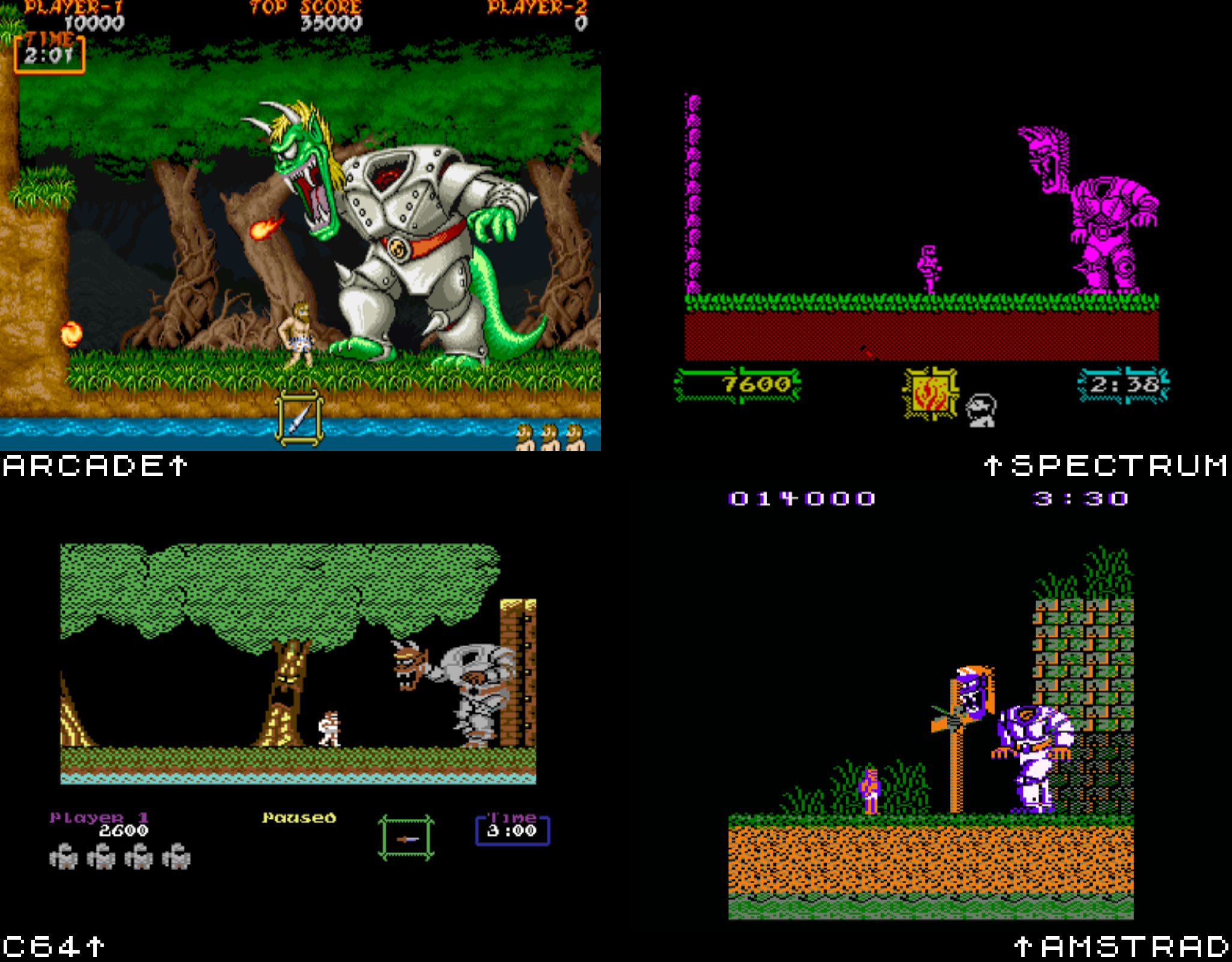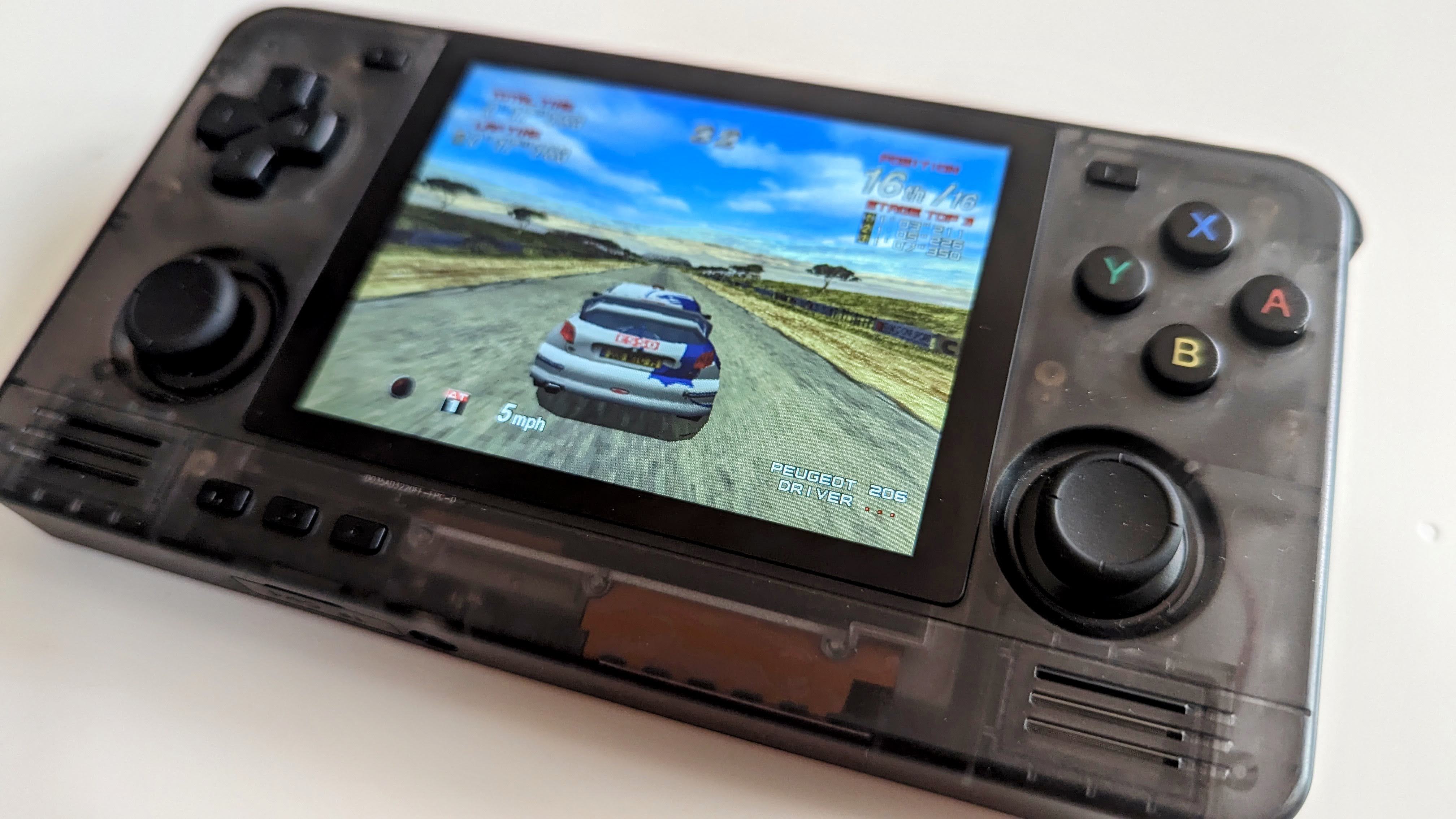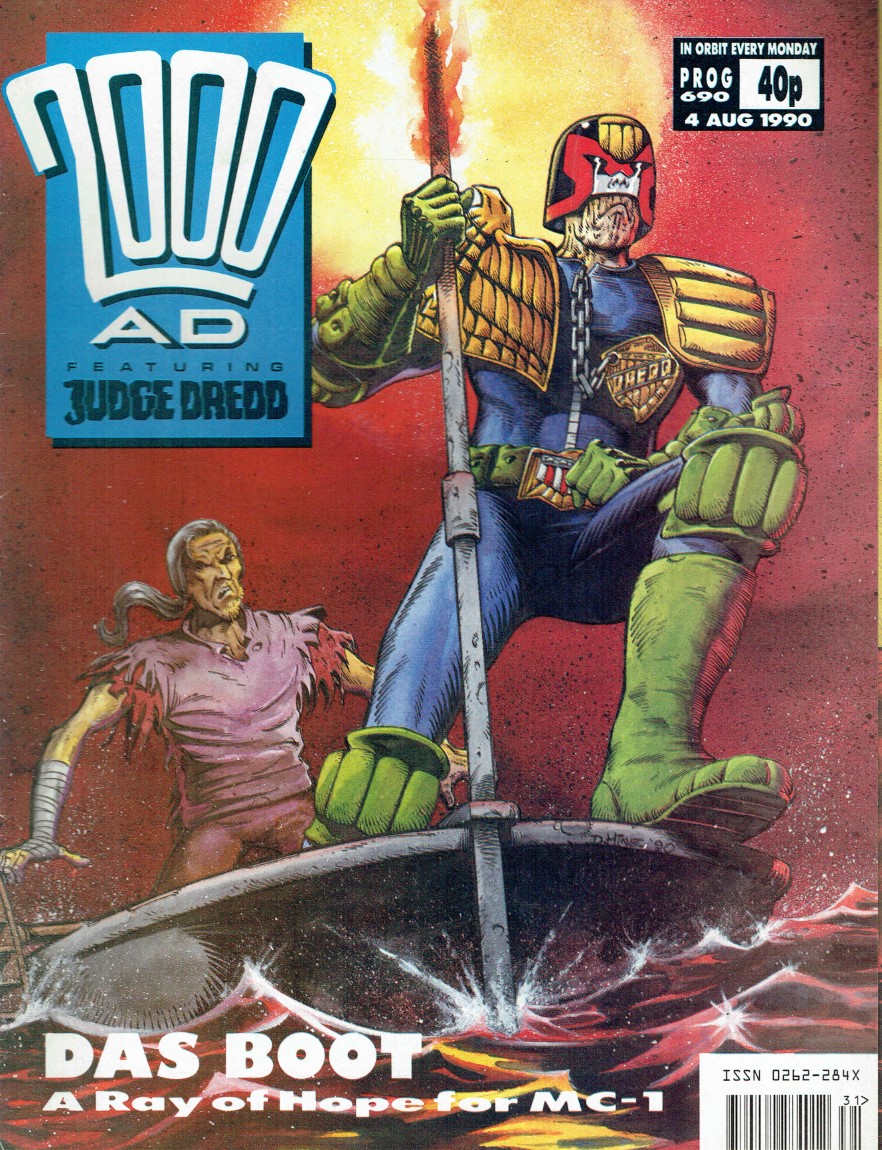Great to see Alexandrite getting some updates again! :)
davetansley
Pixel 6 phone, and I pretty much just picked it up and pointed it :)
I did try running Plasma on Mint, but it was never quite as good as on Fedora or as smooth on Mint as Cinnamon.
Honestly, I think I just like the simple uniformity of Cinnamon. It's dull and predicable, but really, really solid.
Switched to Linux Mint about three years ago after being unable to take my perfectly good laptop from W10 to W11. Dual boot firstly, quickly becoming entirely Mint. It just worked. It was the first Linux distro I'd tried in about 20 years that I didn't mess up in a week or so.
Recently bought a new laptop and decided to distro hop. Tried various flavours of Fedora, and a few others, but ultimately came back to Mint. None of the others worked quite as well as Mint does for me (though I really liked KDE Plasma, and Gnome surprised me once I finally discovered extensions!)
For some reason, Mint doesn't provide access to the power profiles out of the box... no idea why. I just install a Cinnamon applet called "Power Profiles" and it gives me the same systray switcher as Fedora.
Fresh install of Mint was giving me about 2 hours battery life. By switching to Power Saver profile, I can get up to about 6-8 hours. I mostly only need to go to Balanced or Performance when gaming.
No idea if it's related, but I see similar behaviour (the not loading, rather than the error message) whenever Firefox requires a restart for an update. It doesn't make it clear this is what is happening, it just stops loading web pages in existing tabs. Only if I open a new tab does it show the "Restart to keep using" message.
I've spent far too much time diagnosing network issues without realising I just needed a restart :)
Threads. We were shown it at school, about 12 or 13, told we should see it because it might happen. Didn't sleep a full night after that until 2005.
I'm starting to think that we need to see AI research in the same way we see biological weapon research - a visit from a SEAL team or a cruise missile for any identified laboratory. Smash the disks, burn all the print outs!
Okay, this is hyperbolic and unrealistic, but I agree with this lion-maned YouTuber - we are really not ready.
AI as a tech is game changing, but it practically demands at least UBI (and probably some form of socialism) as a prerequisite. We, meanwhile, are still electing conservative governments! The same arseholes that will label the legions of unemployed artists, actors, musicians, coders, admin assistants etc etc as lazy and cut their benefits.
Does anyone truly believe that a tech that can replace half of human jobs is going to create happy outcomes in today's society? Or will it just make tech-bros and scammers richer, and virtually everyone else poorer?
It's the normalisation that disturbs me the most, the gradual slide into what would once have been seen as abhorrent.
Show some of the headlines from just this last week to people in 2015 and I expect most would recoil in horror. The GoP's presumptive nominee openly using racist dog whistles; a court case where the judge warned jurors to never reveal their identify because of the fear of reprisal from the GoP nominee and his followers; the raw fact that he sexually molested a woman in the 90s; his instigation of civil war on the border in Texas... To name but a few.
All of this stands shoulder-to-shoulder with articles discussing his political prospects, his strategy to win over voters, how he is polling among white, middle-class women... as if he is in any way a normal candidate.
We need to take a step back, to think about what is happening here. Sadly, the very people who need to listen are the very people who can't listen, people for whom any negative discussion of this candidate would merely serve to strengthen the narrative and reinforce the reality they've conjured into being.
There would seem to be no way out of this situation that won't take decades, and which doesn't stand every chance of being derailed whenever an election goes the wrong way.
Working from home has its pros and cons. Fortunately, in my experience, the pros are all mine and the cons are all someone else's. That kind of colours my judgement.
Religion has certain self-reinforcing properties. Kind of like genes that make it more likely to propagate against other forms of information.
- Believing without question is better than questioning
- Not believing will be punished
- Virtue will be rewarded
- Spreading the belief is a virtue
- You should obey your parents
Combine that with young human brains being malleable, and religion tends to continue against all odds.









































Just because gods and heaven and hell aren't real, it doesn't mean that nothing is real. Kindness is real. Compassion is real. Understanding is real. That tingly feeling you get when you do something good for someone else is real. It may have been the product of countless years of evolution rather than divine whim, but it's still real.
If you're lucky, you'll have another 60 or 70 years of awareness ahead of you. Find meaning by seeking out that tingly feeling as much as you can :)